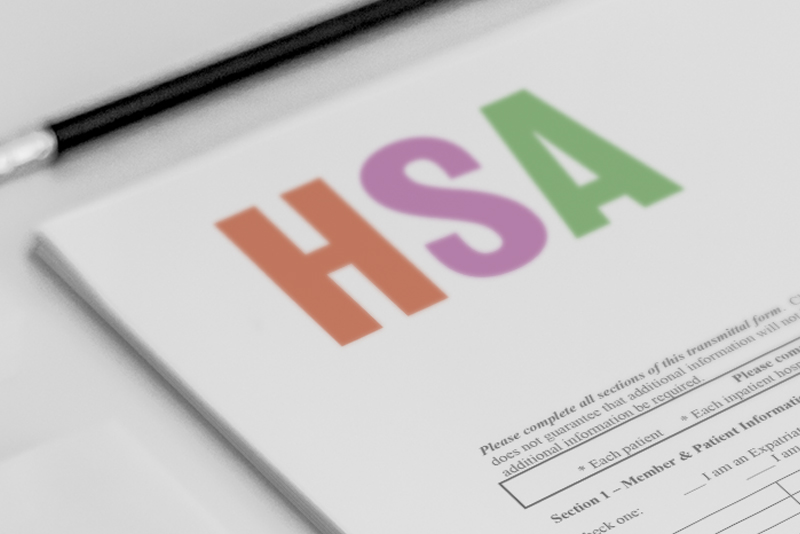A trio of surveys released by separate organizations in the past month indicate that American employers and workers are utilizing HSAs more often and warming to their benefits, especially as deductibles rise, the excise tax looms and healthcare reform now seems unlikely. Here are five of the latest findings from the Kaiser Family Foundation, the Health Research & Educational Trust, the Employee Benefit Research Institute and Mercer:
1) HSAs are increasingly becoming a significant part of health benefit programs.
Though the HSA market did not exist until 2004, in 2016 nearly 3 in 10 employees were covered by the plans. According to the Employee Benefit Research Institute (EBRI)’s HSA Database, enrollment in high-deductible, HSA-eligible health plans is today estimated to be between 20.2 million and 22.6 million policyholders and their dependents. Most HSAs in EBRI’s database are relatively new: More than three-quarters of HSAs have been opened since 2013.
2) HSA balances increased in 2016.
EBRI also found that annual contributions were higher than annual distributions, with two-thirds of HSA account holders ending 2016 with positive net contributions. The average HSA balance among account holders with individual or employer contributions was $2,532, up from $1,604 at the beginning of the year. And over 90 percent of HSAs with individual or employer contributions ended the year with funds to roll over for future expenses.
3) Most HSA enrollees receive contributions from their employers that mitigate rising deductibles.
In an annual study of private and non-federal public employers with three or more workers conducted by the Kaiser Family Foundation and the Health Research & Educational Trust, a summary of findings notes that “the shift in enrollment to HDHPs does not [generally increase enrollee out-of-pocket liability]” in spite of trends toward higher deductible amounts within plan types. This is because most employers contribute to their employees’ HSA accounts, with 30 percent of covered workers in an HSA-qualified HDHP receiving account contributions that, if applied to their deductible, would reduce their cost sharing to less than $1,000. This is up from 28 percent of workers who received commensurate employer contributions last year.
4) Almost all health benefits professionals are in favor of higher HSA contribution limits.
In a Mercer survey of 300 health benefit professionals, released on Sept. 28, 92 percent of respondents said they favor permitting higher contributions to health spending accounts, and nearly as many (87 percent) would like to allow contributions up to the level of the out-of-pocket maximum.
5) Employers are approaching the forthcoming excise tax by encouraging enrollment in HSA-eligible plans.
With the Cadillac Tax scheduled to go into effect in 2020, virtually all respondents to the Mercer survey say they have already taken steps to minimize their exposure to the tax. Their No. 1 response: 76 percent added a high-deductible health plan, and 49 percent have taken steps to encourage higher enrollment in HSA-eligible plans. Additionally, 43 percent have increased employee cost-sharing requirements.
Contact us to learn more and watch our video: Why I should get an HSA?


Recent Comments